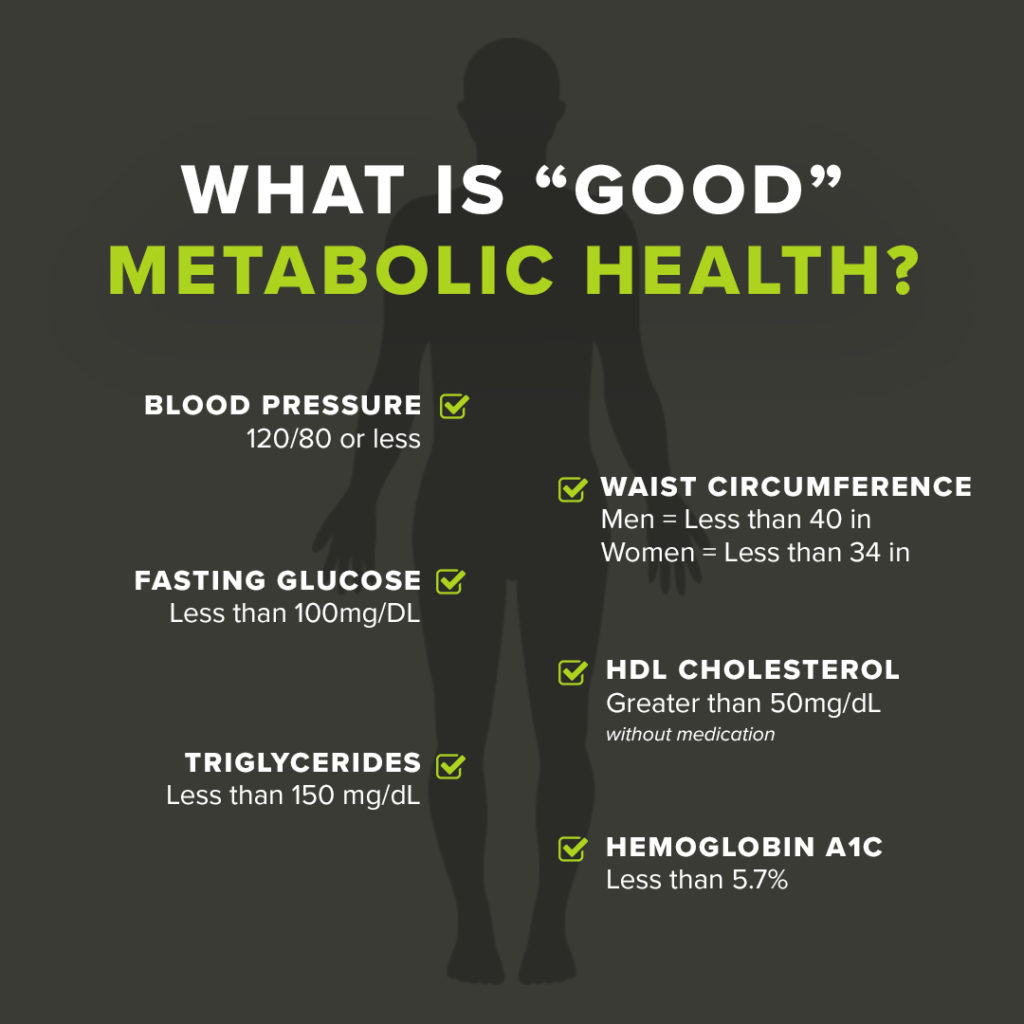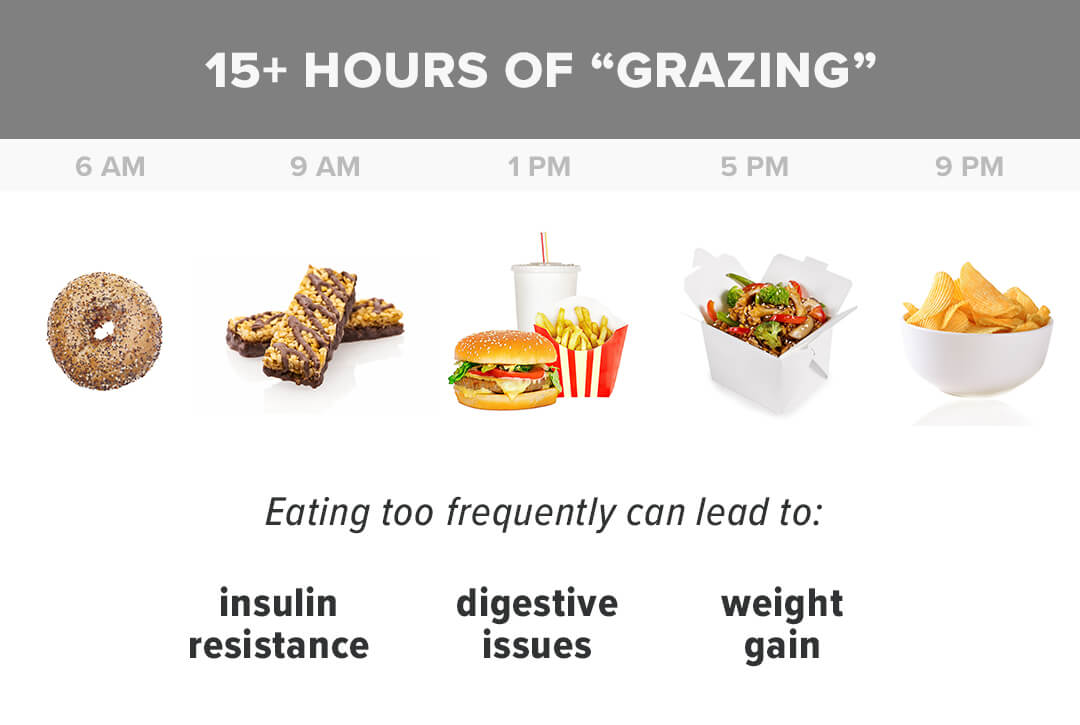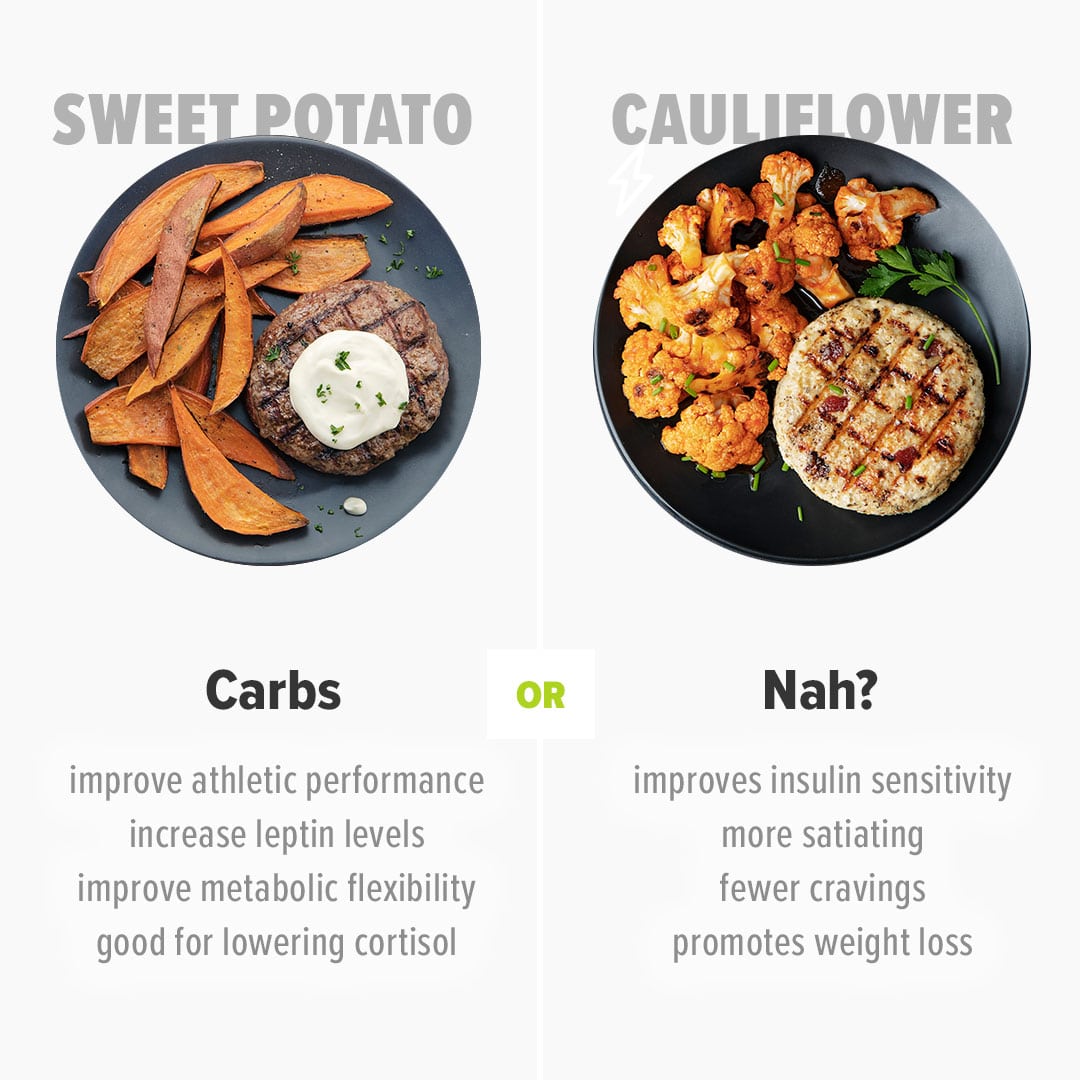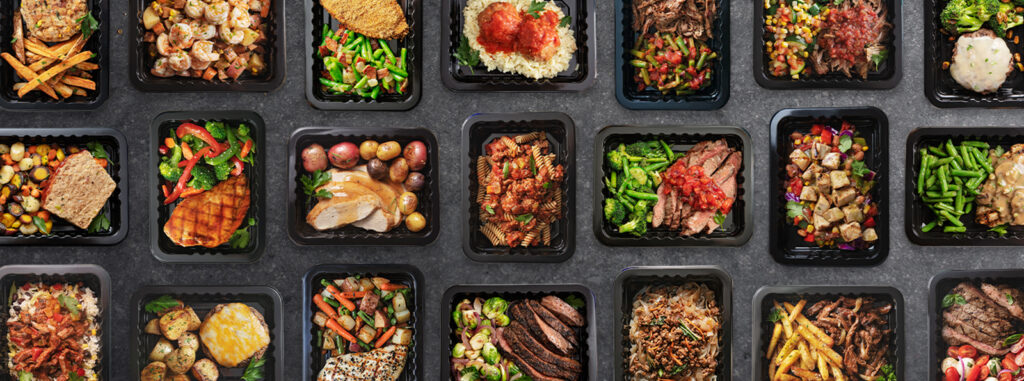What does it mean to be “healthy”? The numbers are very clear:

Unfortunately, only 12% of Americans can check all of those boxes.
What are the health risks associated with poor Metabolic Health?
Visceral fat (waist circumference) is heavily linked to hypertension. In fact, for every 8-10 pounds of weight loss from abdominal fat comes with a blood pressure reduction of 7/5mm in obese individuals. Weight loss improves cardiac output and decreases ventricular filling pressure, reducing your chances of a heart attack.
Between fasting glucose and hemoglobin A1c, you will have both a short term view (8-12 hours) and a long term 12 week average of your blood sugar. A fasting glucose score between 100-125 is considered pre-diabetic and over 125 is diabetic.
The hemoglobin A1c score is even more useful as it gives a bigger picture of your blood sugar management. 5.7-6.4 is looked at as pre-diabetic and anything over 6.5 is diabetic.
These score are extremely useful to determine if your cells are sensitive (healthy) or resistant to insulin. High scores indicate insulin resistance which means that your pancreas will need to produce more and more insulin to drive blood sugar down. High circulating levels of insulin and glucose can lead to chronic inflammation, heart disease, cancer and Alzheimer’s.
High blood pressure can be a problem because it changes the structure and function of blood vessels increasing your risk of disease. Peripheral resistance in the blood vessels increases and causes hypertension which puts extra load on the heart. Poor circulation can also lead to Alzheimer’s and dementia. While 120/80 is the blanket score for optimal blood pressure, some top practitioners say that a little “wiggle room” exists here.
The golden standard used to be your age + 100, but the true “optimal” probably lies somewhere in the middle of these two scores.
High levels of LDL cholesterol and triglycerides combined is called hyperlipidemia and this silent killer affects around 71 million Americans. This condition is commonly associated with Metabolic Syndrome, diabetes, obesity, as well as being a cause for coronary artery disease.
Why are such a low % of Americans considered metabolically healthy?

1. High carbohydrate diets
According to the Journal of the American Medical Association Americans on average get 50.5% of their calories from carbohydrates with a very large amount coming from processed, high sugar & low-fiber foods. Easy access to snacks, desserts, sugary beverages and grab-and-go items are the main culprits.
Fructose is a sugar commonly found in processed foods and widely over-consumed. Fructose may raise the levels of VLDL cholesterol, leading to fat accumulation around the organs and potentially heart disease
2. Vegetable oils high in omega 6 fatty acids
Oils such as soy, corn, safflower, cottonseed and canola are known for increasing inflammation and are consumed in very high amounts within a standard American diet. Some experts estimate that Americans are consuming 20X more Omega 6 than they should be and are not maintaining a proper balance of the fatty acids Omega 3:6:9. This is important to know as The Canadian Journal of Cardiology reports that high levels of the inflammatory marker CRP was significantly related to risk for a heart attack.
3. 15+ hours of daily “grazing”
Dr. Satchin Panda, professor at the Salk Institute, has found in his research that most people “graze’ over a 15 hour+ window each day.

According to Panda, “The gut has a clock that regulates the daily flow of enzymes, the absorption of nutrients and the removal of waste. These daily rhythms are so ingrained that they are programmed in our DNA.” Eating too frequently can disrupt this rhythm leading to insulin resistance, digestive issues and weight gain.
4. Not enough high quality protein
Animal protein that was raised on a natural diet with less saturated fat and more omega 3 has been shown to reduce blood pressure, lipids and other cardiovascular risks. According to Dr. Mark Houston, Director of The Hypertension Institute “hypertensive patients and the elderly have the greatest blood pressure reduction with protein intake.” Unfortunately, these groups are often told to lower protein consumption.
5. Poor sleep quality
Studies show that reductions in sleep duration over multiple nights resulted in poor glucose response and insulin resistance in healthy individuals. Another study showed that sleep restriction to only four hours of sleep during two or more nights reduced glucose tolerance by 40% and reduced the acute insulin response in healthy subjects by 30%. Even a single night poor sleep for healthy individuals (four hours of sleep) led to acute insulin resistance. This really highlights the important role sleep duration plays in insulin sensitivity and glucose regulation.
6. Sedentary lifestyle
A 2017 paper by the Sedentary Behavior Research Network (SBRN) defined sedentary behavior as any activity involving sitting, reclining, or lying down that has a very low energy expenditure. The measurement for energy expenditure is metabolic equivalents (METs), and the authors consider activities that expend 1.5 METs or less of energy to be sedentary.
Research suggests that only 21% of adults are meeting physical activity guidelines, while less than 5% perform 30 minutes of physical activity per day.
Extended periods of inactivity can reduce metabolism and impair the body’s ability to control blood sugar levels, regulate blood pressure and break down fats.
Here’s what to do about it.
If you can change your habits, you can change your life. Good habits are the compound interest of self-improvement. Once you identify what bad habits are negatively impacting your health, it’s time to take consistent action and fix the issues.
Having a specific plan in place and writing it down increases your odds of success by 3x compared to people who don’t.
Here’s an example:

How to Fill in the Blanks: Personalize Your Strategy
Carbohydrates – how much and what kind? We consider a low carbohydrate diet to be under 75g net carbs (total carbs minus fiber) per day.

We recommend experimenting with the amount and type of carbs you eat to help you feel and operate your best. Good options include organic jasmine rice, quinoa, chickpeas, beans, sweet potatoes, pumpkin, leafy greens and thin-skinned fruits like berries.

Orange Chicken with Black Pepper Rice: made with organic white jasmine rice
If you feel sluggish after a meal higher in carbs or your measured blood sugar is higher than 130 one hour after eating, try reducing the amount per meal by 25% and adjust accordingly.
Proteins are needed for brain health, rebuilding the immune system and detoxification.

Grilled Grass-Fed Top Steak with Mushroom Sauce and Honey Mustard Vegetable Medley: we only use the highest quality grass-fed beef
As stated earlier, proteins also help lower blood pressure. When choosing protein sources, make sure and opt for grass-fed, pasture-raised and wild-caught versions as they have a superior omega 3:6 ratio which helps lower inflammation.
Other benefits include: more energy, stronger bones and an improved estrogen metabolism. Most people should aim for 25g-50g per meal depending on activity level, body mass and age.
Antioxidant rich vegetables and fruits contain valuable phytonutrients, fiber and prebiotics that help maintain a healthy gut.

General Tso’s Chicken with Sesame Broccoli
Healthy Fats can actually help you lose more fat by improving metabolic rate, balancing hormones and reducing cravings.

GO-PROtein Snack Pack: our snack packs are great sources of healthy fats from wild-caught salmon and avocado oil.
Try to improve the ratio of Omega 3:6:9 by consuming unrefined animal fats, avocados, olive oil, nuts and seeds. Saturated fats also have a place in a healthy diet, but in moderation.
A good total dietary fat range for most people will fall between 65g-120g per day with 25-35g coming from saturated fat.
Eat within an 8-10 hour window. People who eat 3 meals within an 8-10 hour window metabolize fatty acids more efficiently, improve insulin sensitivity and may also clear away damaged cells.
Translation: more efficient fat burning, better immune function and quite possibly a slowing of the aging process.
Make your sleep schedule a routine. According to Mathew Walker, a professor of neuroscience and psychology at the University of California, Berkeley, going to sleep and waking up at the same time every day is the most important way to improve your sleep quality. Multiple studies across millions of people verify that cardiovascular risks, dementia and shorter lifespans are linked to poor sleep. On top of maintaining a schedule, it is also important to keep your room dark, cool and avoid screen time for two hours before bed.
High Intensity Interval Training: Use HIIT as an efficient way to improve insulin and heart health. A 2008 study found that in a population of sedentary women, 20 minutes of stationary bike intervals (30 sec maximal sprints performed 6x) produced significantly more fat loss when compared to 40 minutes of traditional steady state cardiovascular exercise.
HIIT is an exercise method that has been studied on many demographics including the elderly, obese, diabetics, kids and athletes with observed health benefits that include the following:
- greater lean muscle mass
- higher rates of fat burning for 48 hours after the workout is over
- increased insulin sensitivity and lower insulin levels
- lower blood pressure and better arterial function
- decreased chronic inflammation
Want to get healthy Metabolic Meals delivered to your door? Check out the weekly rotating menu for a tasty variety of international flavors, quality proteins, organic veggies, carbs, healthy fats and even desserts!






